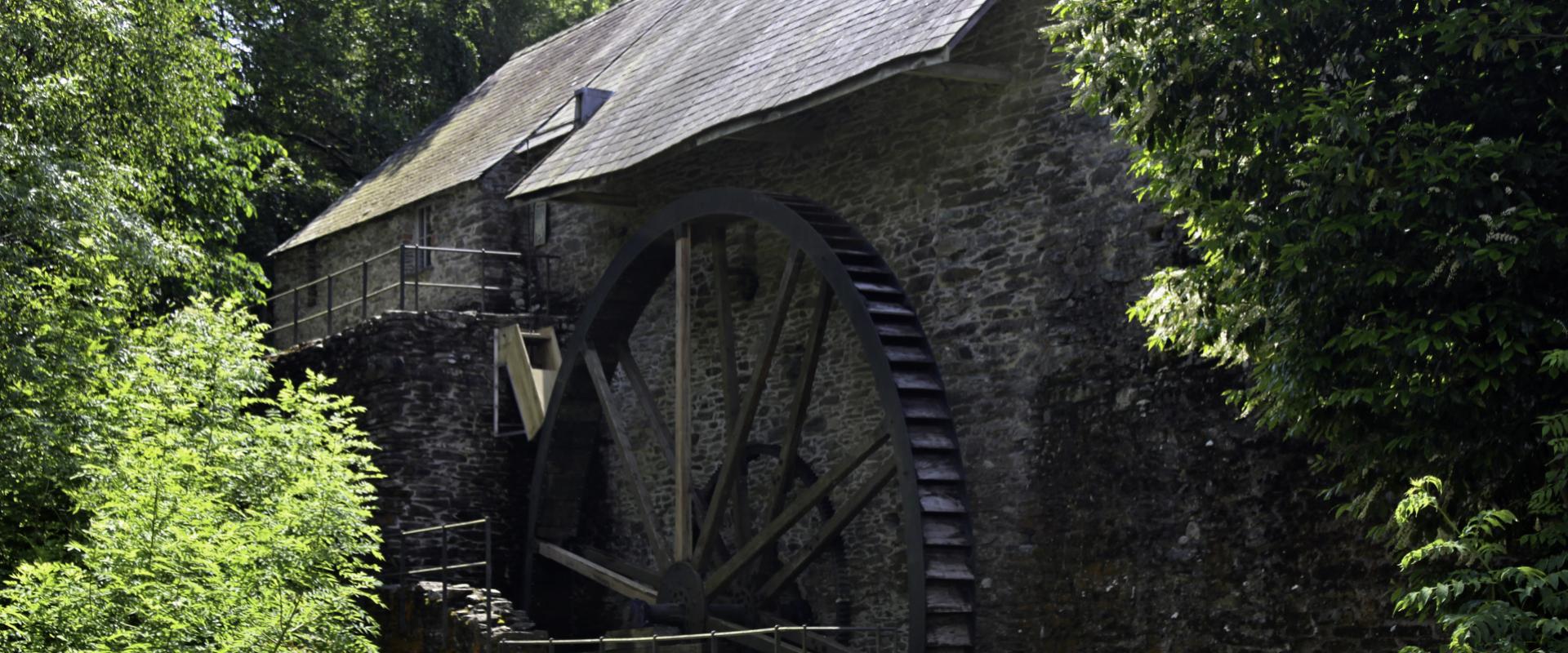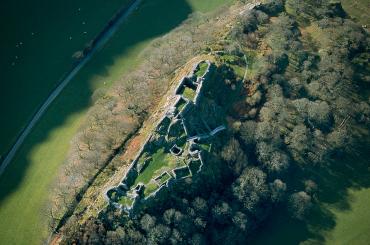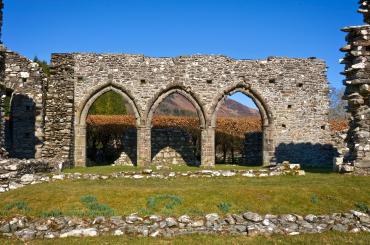Dyfi Furnace

Perfectly-preserved example of Welsh industrial heritage in a sublime rural setting
The Industrial Revolution wasn’t confined to coal and iron in south Wales and slate in the north. Built around 1755, this charcoal-fired blast furnace used for the smelting of iron ore is one of the best-preserved industrial buildings of its type in Britain.
Harnessing the power of the River Einion, the furnace’s waterwheel drove a huge set of bellows. These huffed and puffed compressed air into the furnace, creating the scorching temperatures needed to process the ore into pig iron, much of which was sent to forges in the Midlands.
The furnace only operated for around 50 years before being abandoned. The restored waterwheel that can now be seen is a remnant of the building’s second life as a sawmill.
Opening times & prices
Opening times
| 1st April - 31st March | Open all year |
|---|---|
|
Open all year — during reasonable daylight hours |
|
Visitor information
Car park
Parking spaces (approx.12 cars) at car park across a busy road. No dedicated disabled spaces.
Dogs welcome
Walking difficulty
Terrain: Level 2 – Easy
Drone policy
Please read our policy information about flying drones at Cadw monuments: read the guidance
No smoking
Smoking is not permitted.
Health & Safety
Parking is available opposite the monument. You are required to cross a busy road, the monument is located on a bend, please take care when crossing.
The monument is closed internally; however, you can view the outer and surrounding areas at various levels of height. Steps and paths will direct the route upwards, please use the handrails provided and remain on the path.
At the highest point, we provide a viewing platform which overlooks the waterfall. Guardrails have been installed to prevent access to any areas of the site that we have deemed as dangerous or to prevent falls in specific areas. Please do not climb over or through any fixed installation.
Please wear footwear appropriate to the weather and conditions of the site.
As with all ancient monuments there is always a risk of stones being dislodged in bad weather, however, we manage this through extensive monitoring.
Climbing may result in serious injury.
There are several wild plants and flowers, although these are great pollinators, they may be poisonous to visitors and animals, we strongly advise you not to touch or allow dogs to eat any vegetation.
Please watch our health & safety film before visiting Cadw sites.
Iechyd a Diogelwch / Health and Safety
Please report any anti-social behaviour such as climbing, setting fires, graffiti etc. to CadwAccidentsReports@gov.wales
The following signs can be found around the site at key areas of risk, please pay attention where appropriate.
Slippery or uneven surfaces
Falls from height
Steep and uneven steps
Deep water
Falling masonry
Directions
Google MapPostcode SY20 8PH
what3words: ///scrambles.removes.bids
Related
Unlimited access to Wales' past
Join Cadw for as little as £2.00 a month and gain unlimited access to over 100 historical sites.
Enjoy the many benefits of Cadw membership
- 10% off Cadw gift shops
- 50% off entry to English Heritage and Historic Scotland sites
- FREE entry to English Heritage and Historic Scotland on renewal
- FREE entry to Manx National Heritage properties
- FREE membership pack including car sticker and full colour map



